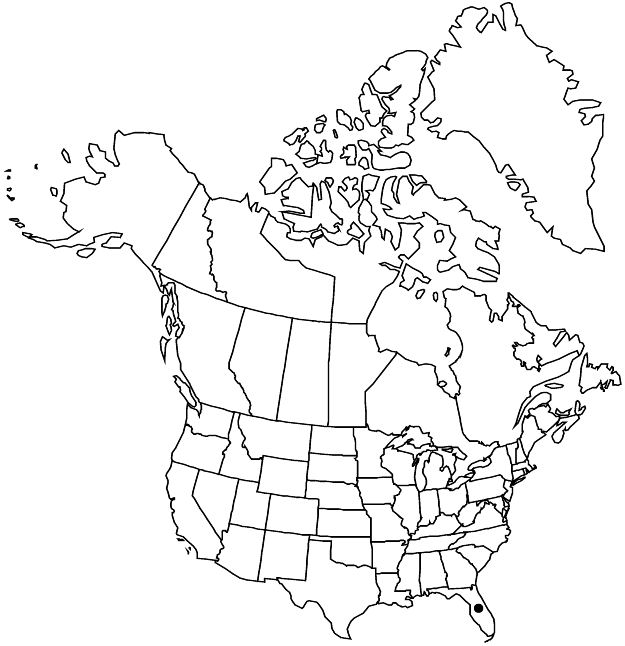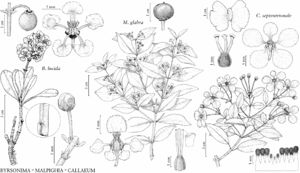Difference between revisions of "Byrsonima lucida"
Prodr. 1: 580. 1824.
FNA>Volume Importer |
FNA>Volume Importer |
||
| Line 12: | Line 12: | ||
|label=Selected by author to be illustrated | |label=Selected by author to be illustrated | ||
}} | }} | ||
| − | |basionyms={{Treatment/ID/ | + | |basionyms={{Treatment/ID/Basionym |
|name=Malpighia lucida | |name=Malpighia lucida | ||
|authority=Miller | |authority=Miller | ||
| + | |publication_title=Gard. Dict. ed. | ||
| + | |publication_place=8, Malpighia no. 9. 1768 | ||
}} | }} | ||
|synonyms={{Treatment/ID/Synonym | |synonyms={{Treatment/ID/Synonym | ||
| Line 64: | Line 66: | ||
|publication year=1824 | |publication year=1824 | ||
|special status=Selected by author to be illustrated | |special status=Selected by author to be illustrated | ||
| − | |source xml=https://jpend@bitbucket.org/aafc-mbb/fna-data-curation.git/src/ | + | |source xml=https://jpend@bitbucket.org/aafc-mbb/fna-data-curation.git/src/f6b125a955440c0872999024f038d74684f65921/coarse_grained_fna_xml/V12/V12_721.xml |
|genus=Byrsonima | |genus=Byrsonima | ||
|species=Byrsonima lucida | |species=Byrsonima lucida | ||
Revision as of 18:20, 24 September 2019
Shrubs or trees, 1–6 m. Leaves often clustered at tips of shoots; blade obovate, larger blades 20–30 × 9–19(–24) mm, base cuneate or gradually narrowed, apex rounded or obtuse, surfaces very sparsely sericeous to soon glabrate. Inflorescences 2.5–5 cm, 6–10(–16)-flowered. Pedicels straight in bud, somewhat decurved in fruit. Flowers: anthers glabrous, locules rounded at apex, connectives equaling or exceeding locules to 0.3 mm; ovary glabrous. Drupes 8–12 mm diam. (dried), ovoid to spheroid with short apical beak when immature, glabrous.
Phenology: Flowering most commonly Jan–Jun; fruiting Feb–Jul.
Habitat: Hammocks in dry rocky pinelands and sandy palm-pine woods.
Elevation: 0–10 m.
Distribution

Fla., West Indies (Bahamas, Greater Antilles, Lesser Antilles, Virgin Islands).
Discussion
Byrsonima lucida, native in the flora area only to Miami-Dade and Monroe counties, is widely cultivated in peninsular Florida as an ornamental shrub; it probably has little or no tolerance for frost or temperatures below freezing.
Selected References
None.
